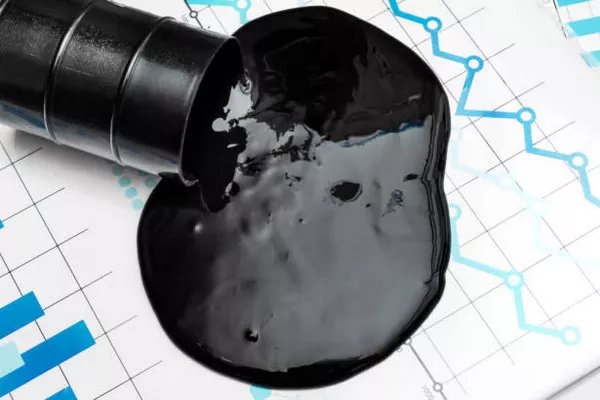Oil price futures play a critical role in the global energy markets, serving as a valuable tool for hedging and speculation. These financial instruments allow market participants to lock in future oil prices, providing stability to producers, consumers, and investors alike. In this article, we will delve into the world of oil price futures, exploring their definition, purpose, mechanics, and significance in today’s interconnected economy.
1. What Are Oil Price Futures?
Oil price futures are standardized contracts that enable buyers and sellers to agree on the purchase or sale of a specified quantity of oil at a predetermined price for delivery at a future date. They represent a legally binding agreement between the two parties involved, establishing the terms and conditions for the transaction.
2. Purpose and Participants
The primary purpose of oil price futures is to manage price risk associated with fluctuations in the oil market. Producers and consumers use futures contracts to hedge against adverse price movements, ensuring greater certainty and stability in their operations. Speculators, on the other hand, aim to profit from anticipated price changes by taking positions in oil futures without any intention of physical delivery.
Key participants in the oil price futures market include oil companies, refineries, airlines, shipping companies, governments, commodity traders, and institutional investors. Each participant brings unique perspectives and requirements, contributing to the liquidity and efficiency of the market.
3. Mechanics of Oil Price Futures
Oil price futures are traded on regulated exchanges such as the New York Mercantile Exchange (NYMEX) and the Intercontinental Exchange (ICE). These exchanges provide a centralized marketplace where buyers and sellers can interact transparently and execute trades.
Futures contracts typically have standardized specifications, including the type of oil, contract size, delivery location, quality, and expiration month. The most commonly traded oil futures contracts are based on benchmarks like Brent crude oil and West Texas Intermediate (WTI).
4. Trading and Settlement
Oil price futures are actively traded throughout the trading day, allowing participants to enter or exit positions at any time before the contract’s expiration. The price of a futures contract reflects market sentiment, supply and demand dynamics, geopolitical factors, and other pertinent variables.
Upon expiry, futures contracts can be settled in two ways: physical delivery or cash settlement. Physical delivery involves the transfer of the underlying oil from the seller to the buyer at the specified delivery location. However, most market participants opt for cash settlement, which involves the exchange of the contract’s value in cash without physical delivery.
5. Role of Oil Price Futures in the Economy
Oil price futures exert a profound influence on the broader economy due to the vital role that oil plays in various sectors. These futures contracts enable producers to lock in selling prices, safeguarding their revenue streams while planning future investments. Similarly, consumers can hedge against rising oil prices, ensuring stability in their energy costs.
Oil price futures also affect investment decisions, as they provide insights into market expectations and supply-demand dynamics. Investors utilize futures prices as indicators to assess market sentiment and make informed choices regarding their portfolios.
6. Impact of Speculation
While hedging is the primary purpose of oil price futures, speculation plays a significant role in liquidity and price discovery. Speculators, including hedge funds and individual traders, take positions based on their views on oil prices, amplifying market liquidity and facilitating efficient price formation.
Speculative activity can sometimes lead to increased volatility, as large positions and sudden changes in sentiment can affect short-term price movements. However, speculative activity is also instrumental in ensuring the availability of continuous trading and enhancing overall market efficiency.
7. Factors Influencing Oil Price Futures
Various factors impact oil price futures, including global supply and demand dynamics, geopolitical tensions, macroeconomic conditions, weather events, and regulatory actions. OPEC decisions, political unrest in oil-producing regions, economic growth rates, and technological advancements also exert significant influence on oil prices and, consequently, futures contracts.
8. Risks Associated with Oil Price Futures
While oil price futures provide valuable risk management tools, they are not without risks. Market participants must be aware of factors such as price volatility, counterparty risk, liquidity risk, regulatory changes, and unforeseen events that can impact the value and performance of their positions. Careful risk assessment and appropriate risk mitigation strategies are essential for successful participation in the oil price futures market.
Conclusion
Oil price futures play a crucial role in managing price risk and providing stability to the global energy markets. By enabling producers, consumers, and investors to hedge against oil price fluctuations, these financial instruments contribute to a more predictable and efficient marketplace. Understanding the mechanics, purpose, and significance of oil price futures is vital for anyone seeking to navigate the complex world of energy trading and investment.

